While the whole world seems to be going digital, the metaverse is still not replacing real-life experiences. People are craving human connections – and the brands that are able to entertain their customers in real-life are the ones to attract and retain the most customers. Here’s how brands are using events to stay relevant – and how you can manage and track the efficiency of offline activations.
Web Summit is one of the biggest events in tech that takes place each year in Lisbon in November. It brings together more than 70k people who are on their way to redefine the tech industry globally. Our brand team attended the event and we’re here to share the highlights and the takeaways for our community here.
One of the biggest surprises was the talk given by Jonathan Yaffe, the CEO and cofounder of AnyRoad – a platform that provides a new kind of software to track the metrics of offline events and marketing campaigns, such as pop-ups, tastings and field activations called Experience Relationship Management (ERM).
Why the metaverse is losing to real-life events
While during the pandemic the whole world went online (and rightfully so), the hype about the metaverse has reached its peak. The brand promises of creating incredible online experiences that will be just as exciting as the real-life ones (if not better) were practically everywhere – and yet, there are too few examples of successful activations in virtual (or augmented) reality. The metaverse keeps being decentralized (in fact, there is still no single metaverse) and people quickly came to realize that:
- It will take lots of time and improvement to make online experiences truly exciting and fun;
- It does require expensive and bulky gear to take part in any activities;
- Even though you are promised to have a fun time surrounded by your friends, in reality – you are still alone in your living room with a VR set on.

So, as the excitement wore off, the numbers started to drop:
- The price of Roblox dropped by 47% from its peak price in 2022;
- Meta has spent over $10 billion on developing their own metaverse – and as a result, its capitalization has been cut in half.
So, is the battle of metaverse vs real life lost? Maybe not yet, but people got tired of lockdowns and are craving real-life connections. And while online activations are attractive for marketing teams because they’re easy to track, offline events are incredibly effective to create brand loyalty. And many brands are using this path successfully.
Marketing in real-life: best practices
How do companies use real-life experience to stimulate brand affinity?
- Lululemon, a high-end athleisure brand, offers free yoga classes at their stores across the globe – and in some locations you can even borrow Lululemon gear for class to see how you feel in the sportswear before purchasing it.
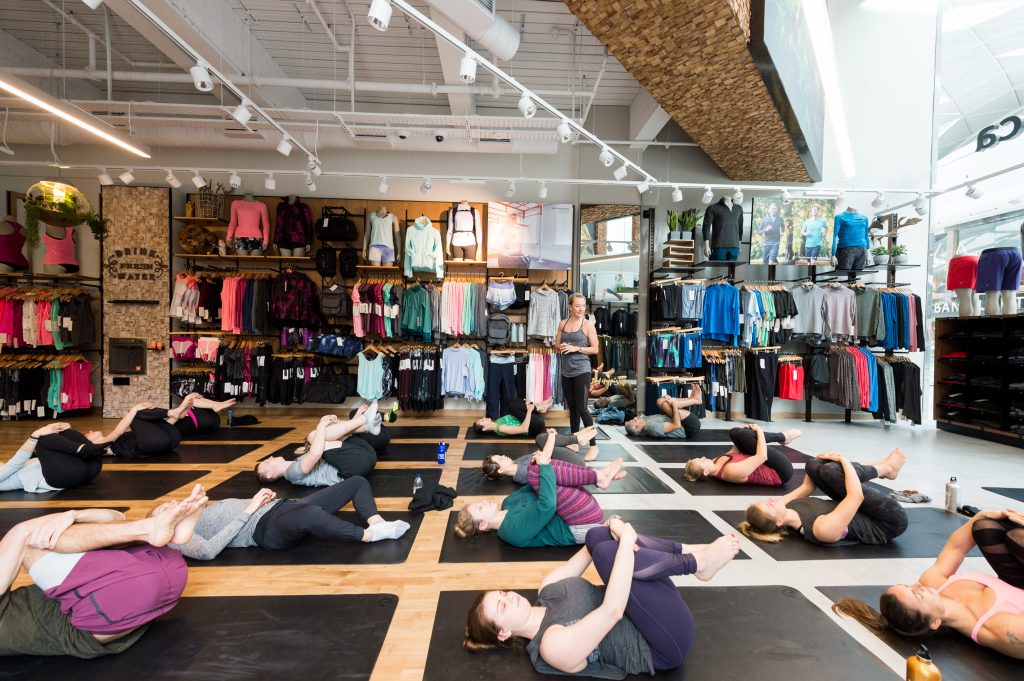
- Nike holds running clubs in many different locations – and anyone can join the community. You can either use an app and track your results online of join a club and run with other people, free of charge.
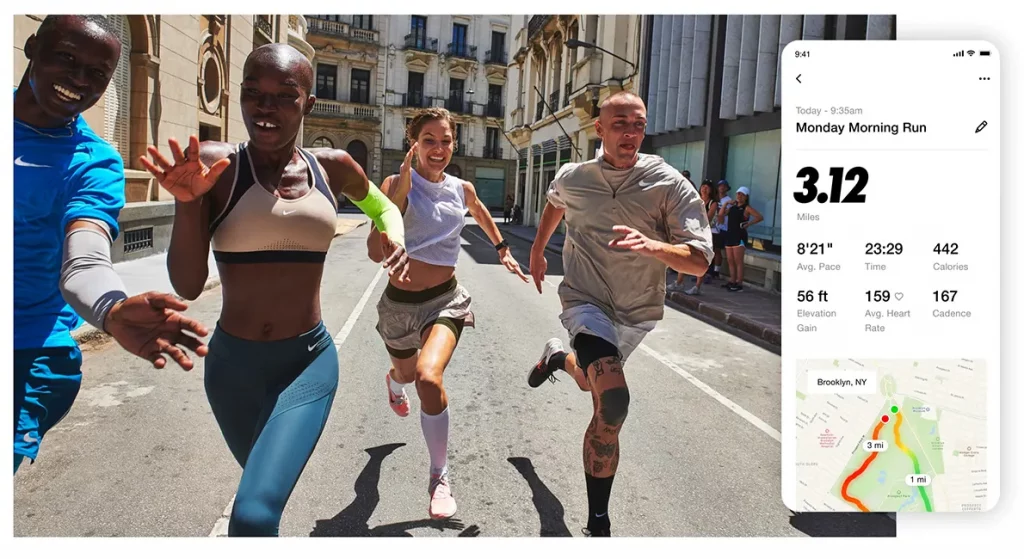
- Micheal’s, the USA’s largest chain store that carries art supplies, hosts free (or very inexpensive) arts & crafts classes to attract whole families into the stores and give their customers an easy way to spend good time together with a cause.

- And, of course, the champion of offline events, RedBull. From sponsoring extreme sports events, breakdance championships and organizing their own signature event – Flugtag – where anyone can create their own flying vehicle and take a chance at flying, RedBull is a true legend in the world of offline events.
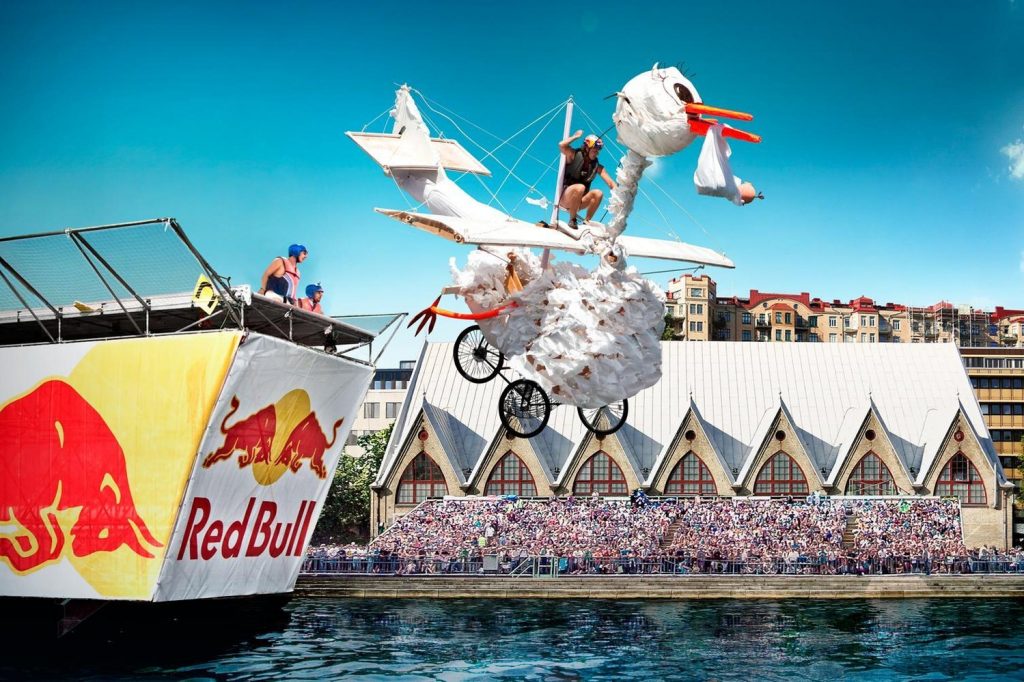
Why are offline events so effective?
While metaverse is a hype subject to talk about, offline events are proving to be efficient. And yes, organizing events is time-consuming, it requires lots of effort and thought put into it to let your customers truly have a good time. But if done right, it does pay off. Why? Because according to Jonathan Yaffe, it not only stimulates the customer to buy the product – it changes their behavior over time. For instance, in 2012 Sprite installed a huge soda dispensing machine on a hot day at a beach in Brazil. The customers could take a free shower in what seemed to be a soft drink machine – and it created a memory, a bond with a product in real life. So, there is a great chance that the next time someone will want a refreshment on a hot day, they will go back to that memory and reach for a Sprite. You won’t get that effect with a VR headset, that’s for sure.
RedBull spends millions of dollars annually on hosting all kinds of events that attract their target audience – young people who are looking to have a fun time. They sponsor motorcycle and car races, host their own breakdance championships – all while handing out free samples of their drinks. And for many years now, being a RedBull ambassador means being a part of a huge community and being able to attend the most crazy and adrenaline-fueled events. So, in reality, RedBull is not a company that sells an energy drink. It’s a company that sells memories – and happens to sell an energy drink on the side.
How to track the efficiency of marketing in real-life?
But why do many marketing managers stay away from offline events and activations? Because they’re harder to measure. While digital campaigns have certain metrics that are easy to track, offline activations are far more complicated to measure in terms of outcome. They are common to have a delayed efficiency, but in reality, they create a lasting bond with the brand and created returning customers, if not brand ambassadors – and isn’t that what all brands are after? The metaverse allows to create a spike of hype and news around the brand – but how many customers actually stick with it after the hype is gone?
To make the metrics of offline activations measurable, Jonathan co-founded AnyRoad – an Experience Relationship Management system with a range of products to measure the outcome of offline activations. Check it out today!


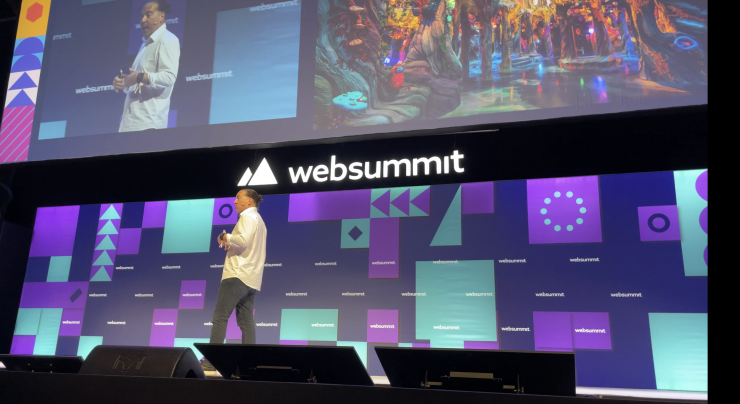
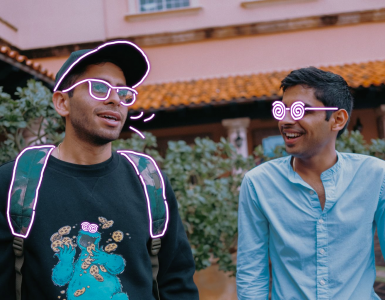
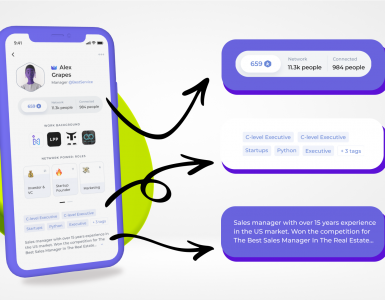
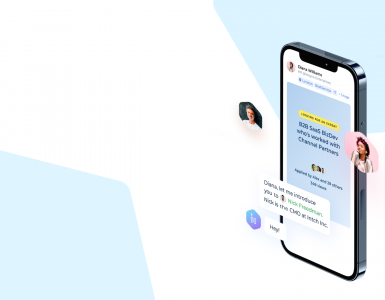

Thanks to Jonathan Yaffe for the great examples! And yes, I totally agree that the experience of live communication with people is much more useful than the virtual one. The experience of the Web Summit has shown that only true connections are built through communications.
Well finally, someone called it what it is – bullshit!)
And yet companies like Nike spend billions on this))))
Welp, I wonder what he will say in like 5 years when the technology catches up and all of the events will be in Web 3.0
I mean, offline events for sure won’t go anywhere – but denying that everything goes online is borderline delusional. Web 3.0 may not be here yet but it will be and soon
Great point about not being able to track how offline integrations work – I’ll see what their product is